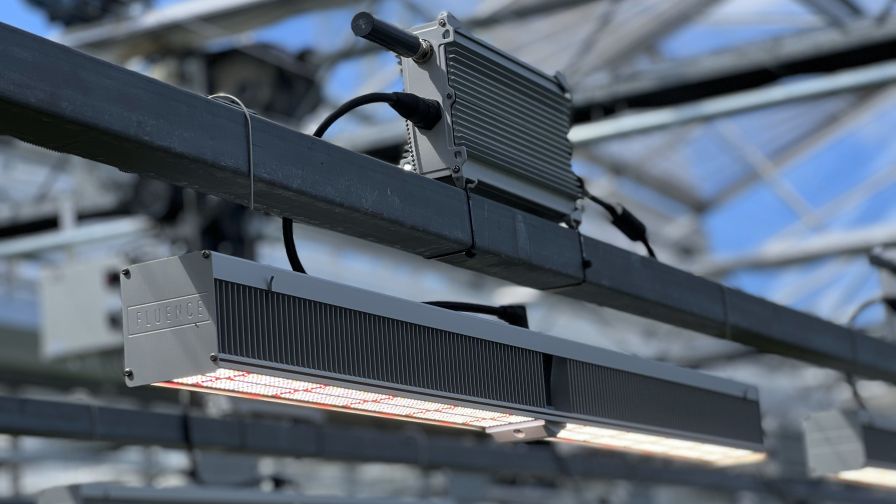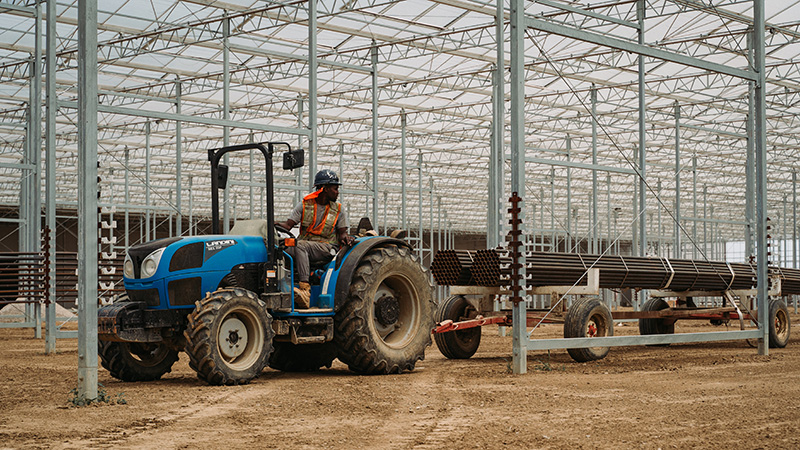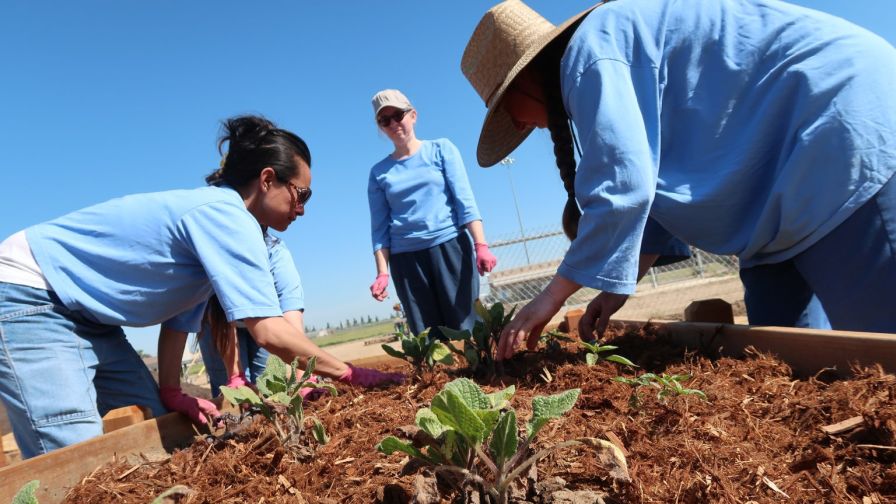Why Rooftops May Be the Next Big Thing in Controlled Environment Agriculture

Photo credit: Photo credit: Mint Images / Envato Elements
Rooftop greenhouses are changing the way people think about urban and other densely populated areas. Some cities are redefining themselves by supporting and implementing alternative methods of agriculture to bring people closer to their food. The movement started with small community farms in empty lots, and rooftop gardens or “green roofs” sprouting on the tops of buildings, and has evolved into the construction of large-scale rooftop greenhouses that are more successful in reducing food miles by producing local food to urban communities year-round.
When food production comes to the city, it changes the perspective from food being something that is purchased at the supermarket to something that is grown. It also creates awareness that food is life giving, instead of just another good people purchase.
In a recent blog post, the team at Ceres Greenhouse Solutions outlines rooftop greenhouse benefits and applications, including:
- Creating local food systems
- Energy savings for structure underneath
- Water savings by collecting and using rainwater
- Improved air quality in cities
- Land savings
- Transportation savings – fewer food miles
- Increased property value for all properties around the greenhouse
- Reduced heat island effect
- Helping to create and sustain a local (food) community
- Increased food quality – year round
For example, paying for energy to heat or cool commercial buildings in the city is not cheap. A rooftop greenhouse can help offset heating bills and cooling costs. On a sunny day in the winter, a greenhouse can heat the building below and in the summer a greenhouse can cool the building below. A rooftop greenhouse inherently makes whatever building it’s on more energy efficient.
Urban areas can also experience a lot of water runoff during heavy rainstorms, which in turn needs to be treated in wastewater treatment plants. Rooftop greenhouses can collect and store rainwater. This water can be used to irrigate the plants and can also be used as gray water in bathrooms and building utilities.
Continue reading here.











